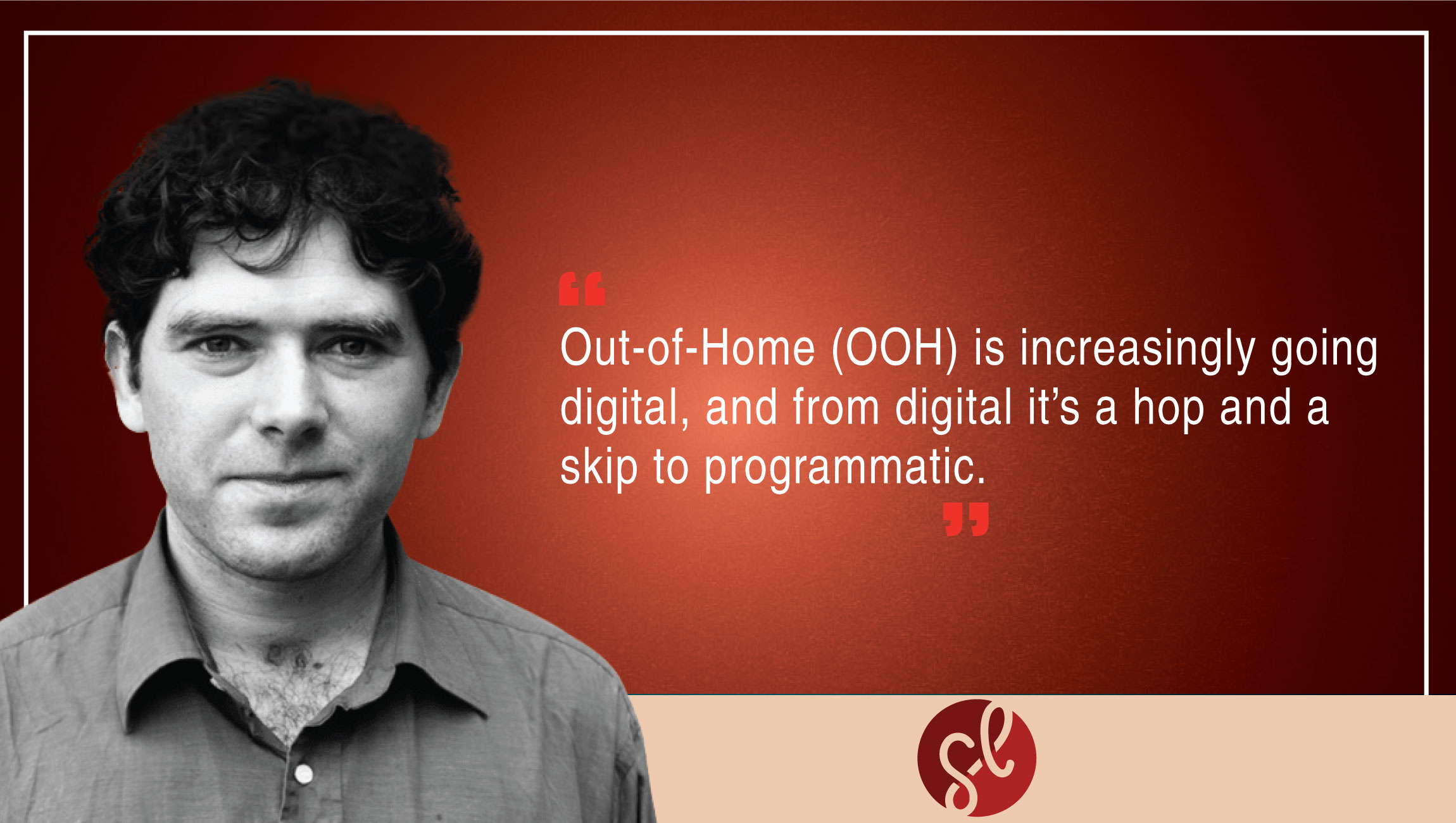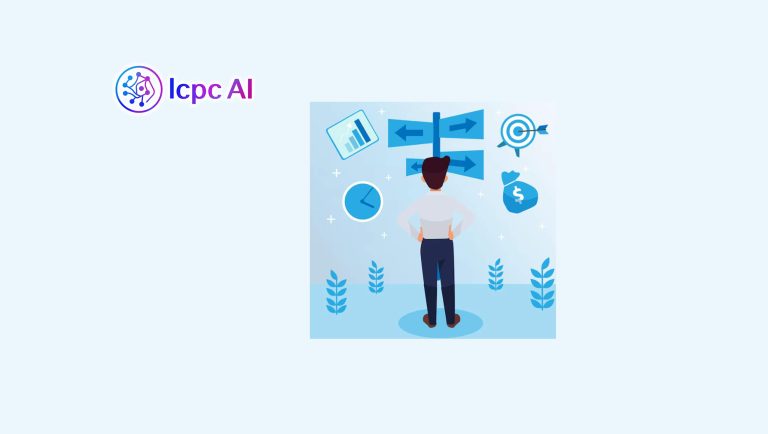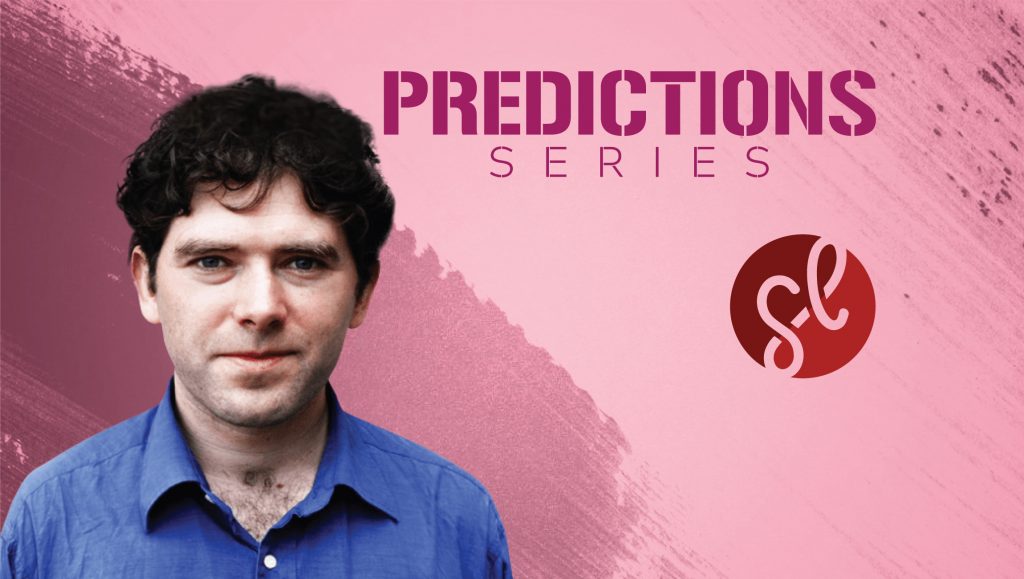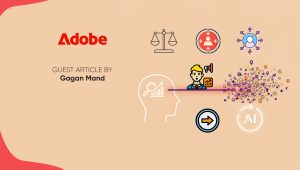
Looking back at the year 2019, how did it unfurl for you and the AdTech industry?
2019 has been a turbulent year in AdTech. At the time of writing, Facebook is staring down four separate antitrust investigations, Apple is polishing its privacy credentials by cracking down on cookie workarounds and the six months the UK Information Commissioner’s Office (ICO) gave the AdTech industry to get its real-time bidding house in order is almost up.
Given this backdrop, the year 2020 could be very challenging for every AdTech player in the market.
What are the new advertising channels and formats? Which new technologies are disrupting this space?
The most noticeable changes will be new advert channels.
The Internet of Things (IoT) is gaining pace. Like the regular internet, there will be a drive for advertising-based business models to fund free or low-price smart objects. For example, a future fridge might connect to special offers at the local shops, and with one-click shoppable recipes.
Out-of-Home (OOH) is increasingly going digital, and from digital it’s a hop and a skip to programmatic, with the superior flexibility and speed to market it offers.
Augmented Reality (AR) is back — after the misadventure of Google Glass, it is returning more carefully, as task-specific tools and teaching aids. With AR comes the potential for new adverts. Innovations might include virtual avatar ads, and personalized OOH adverts (where a generic billboard is replaced for AR viewers).
We’ll also see growth in the nascent field of Voice adverts, primarily for Alexa and Google Home.
Could you tell us how you pay attention to Data? What impact does Data Management have on RTB?
Data will be a hot topic. The initial effects of the GDPR were an attack of annoying consent pop-ups by publishers, but little underlying change at the ad-exchange layer where targeting happens. That’s changing.
Mid-2019, the ICO reached the conclusion that much current practice around targeted advertising is, to put it bluntly, illegal. The industry is now rapidly hurtling towards its deadline of the end of 2019 to improve things, or face the fines. Meanwhile, a civil court case is in progress that threatens realtime bidding (RTB).
The browsers are also stepping up their privacy protection. Led by Apple and FireFox, but with Google Chrome dragged along too, we’re seeing tighter anti-tracking cookie-controls.
Could you tell us more about contextual advertising in 2020?
Contextual advertising (using website content to place relevant ads) will benefit. We can also expect M&A activity around data assets. Plus, hopefully, increased innovation around good ways to collect and use personal data – e.g. apps which give the user more transparency and control.
Could 2020 be the year that the data ecosystem becomes transparent and open?
Transparency is also increasing to combat ad-fraud and corrupt practices. Advertisers are tired of paying for dubious inventory when technical remedies could be introduced.
Meanwhile, on the dark side: Browser finger-printing (tracking users by unusual features of their device) is sadly increasing. Surely this anti-consent is a GDPR challenge waiting to happen. Apps remain the Wild West of data collection. With better targeting data, we’ll see more advertisers accepting in-app adverts as a valid channel. However, the same privacy laws apply to apps, and the same legal challenges will come – maybe in 2020.
What do you think about all the new-gen analytics tools and techniques available to AdTech customers?
“Half the money I spend on advertising is wasted; the trouble is I don’t know which half.” John Wanamake might have said that a whole century ago, but it has resonated with advertisers ever since.
Digital Advertising has long held the promise that precise analytics could answer that question, and allow marketers to spend with pinpoint accuracy. Actual results have varied — often impressive, but still far short of the dream. Some of the gap is papered over with bluff and nonsense from vendors. That’s led to a market where solutions proliferate, but trust does not.
Could 2020 be the year when, as an industry, we start to reassess and have hard conversations about how we measure campaign success?
Lots of brands still look at things such as impressions, clicks, completed views, as the absolute measures of effectiveness. And as “indicators”, they’re serviceable and solid. But nobody buys advertising because they want an 80% video-completion-rate (VCR). They buy advertising because they want to build their brand, engage customers, and sell products.
If you’ve been subjected to a noisy, unskippable ad experience – then yes, it’ll show a high complete rate and viewability – but you don’t think well of the advertiser. But because we rely on stats like video-completion to measure success, it’s entirely possible for a brand to waste money on a channel that’s ineffective, or worse, damaging. (My personal video-completion-rate is quite high — because I treat any unskippable (or delayed skip) video ad as a suggestion to put the kettle on and make a nice cup of tea.)
There are increasing numbers of feedback channels, that allow advertisers to close the loop, and see the causal links between advertising and brand value. These include increased tracking, but also fast feedback tools, like realtime surveys. At the sci-fi end, several companies are experimenting with mood-measurement from lightweight brainwave scanning devices, to solve the accuracy gap that David Ogilvy nailed: “People don’t think what they feel, don’t say what they think, and don’t do what they say.”
From this, we’ll start to see more brands, vendors and agencies adopt “end goal” measures (e.g. purchase intent) alongside or instead of instant behavioral ones (e.g. clicks).
Unfortunately, every step forward is accompanied by a certain amount of hype and bluff. To really progress, we need to become more comfortable with uncertainty and the intangible – restoring the art in advertising, while taking the best of the science.
Daniel Winterstein is the Founder and CTO of Good-Loop — delivering ethical and effective advertising. Daniel has strong academic background, with a Ph.D. in Artificial Intelligence from Edinburgh University and a 1st class Mathematics degree from Cambridge.
Specialities: Data Science, Natural Language Processing (computers that read and talk), Software Development — and applying these to business problems, especially in the space of user profiling and communication technology.
Good-Loop delivers effective, respectful and rewarding advertising in a way that also generates charitable donations for amazing causes – for free.
Every time a user chooses to engage with one of our ads they can give 50% of the revenue to a charity of their choice.
This means that Good-Loop converts media money into charitable donations in a way that delivers a positive user experience and guarantees the highest quality of impressions for brands.





















